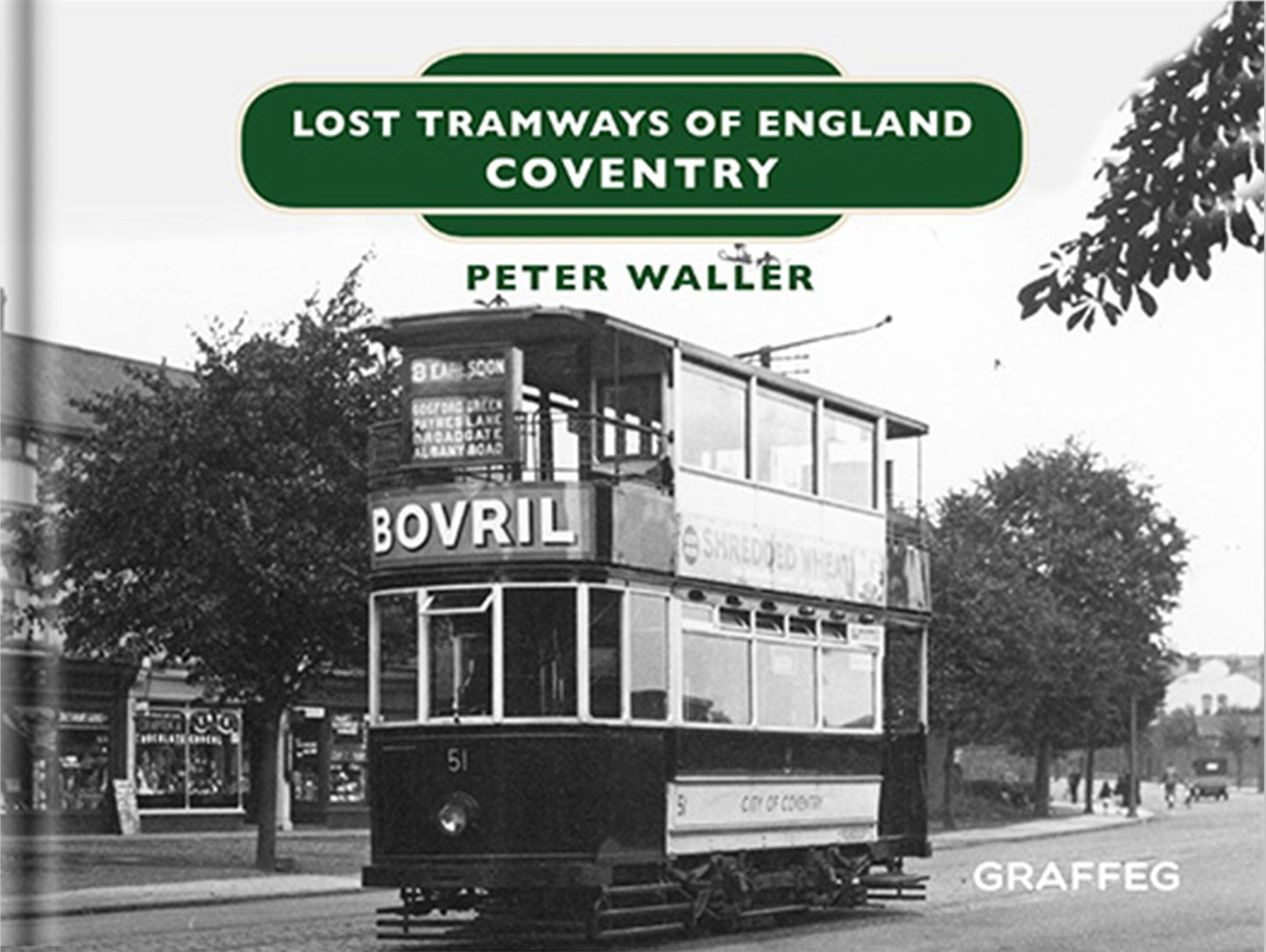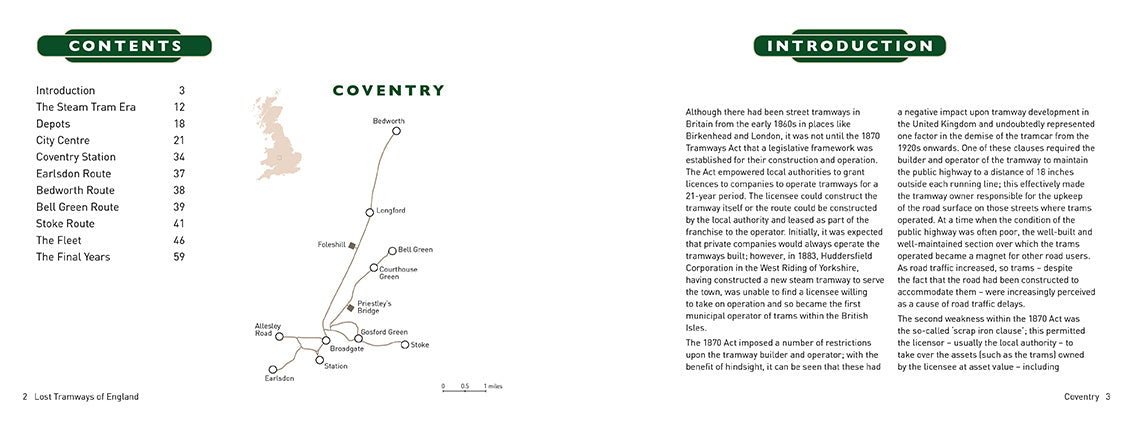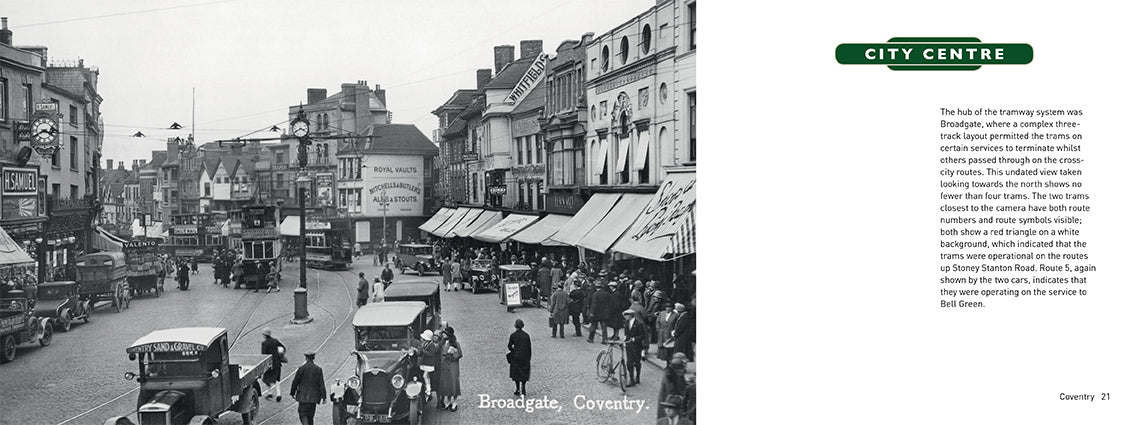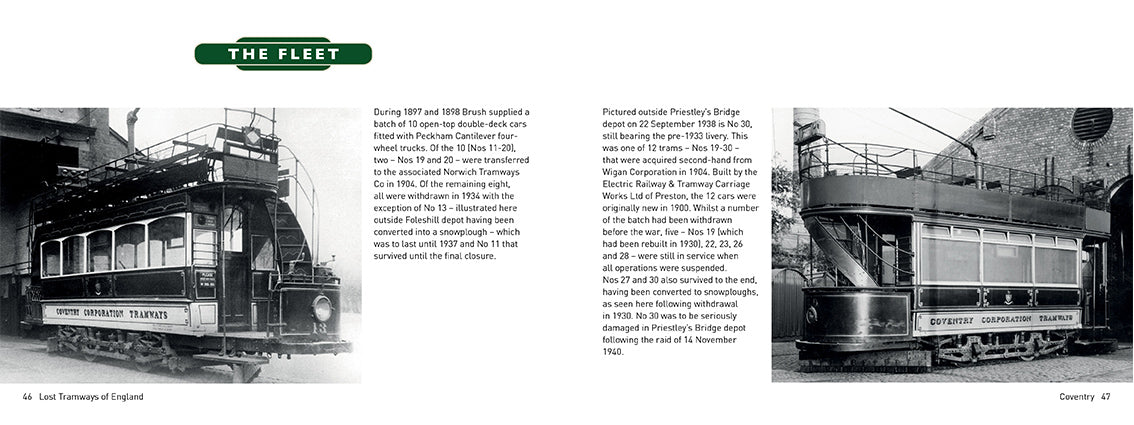Peter Waller
SKU:9781912654338
Regular price
£8.99
Regular price
Sale price
£8.99
Unit price
per
Taxes included.
Shipping calculated at checkout.
Couldn't load pickup availability
Product Details
Product Details
Publication date: October 2018
Format: Hardback
Product size: 200 x 150mm
Pages: 64
Suggested Age Range: All Ages
About the Author / Illustrator
About the Author / Illustrator
Reviews
Reviews








